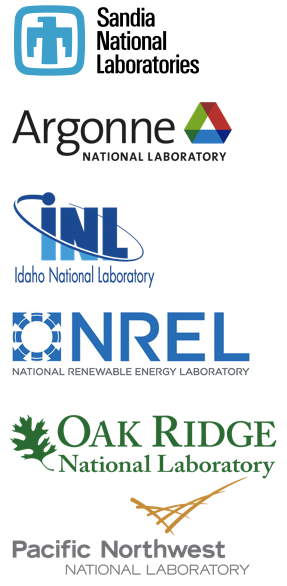
The National Consortium for the Advancement of Long-Duration Energy Storage (LDES) Technologies
Albuquerque, New Mexico 87123
Client: United States Department of Energy Office of Technology Transitions
National Consortium Lead: Sandia National Laboratories
National Consortium Members: Argonne National Laboratory
Idaho National Laboratory, National Renewable Energy Laboratory, Oak Ridge National Laboratory, Pacific Northwest National Laboratory
The project supports industry engagement and alignment for clean energy solutions and long duration energy storage (LDES) technologies through a centralized non-partisan forum.
Over the next decade, the project’s unprecedented effort will enable the U.S. energy sector to realize its decarbonization goals, for which LDES commercialization is an essential cornerstone.
As a team lead and advisor, CADA inputs determine whether the LDES technology is economical and sustainable for underserved and disadvantaged communities.
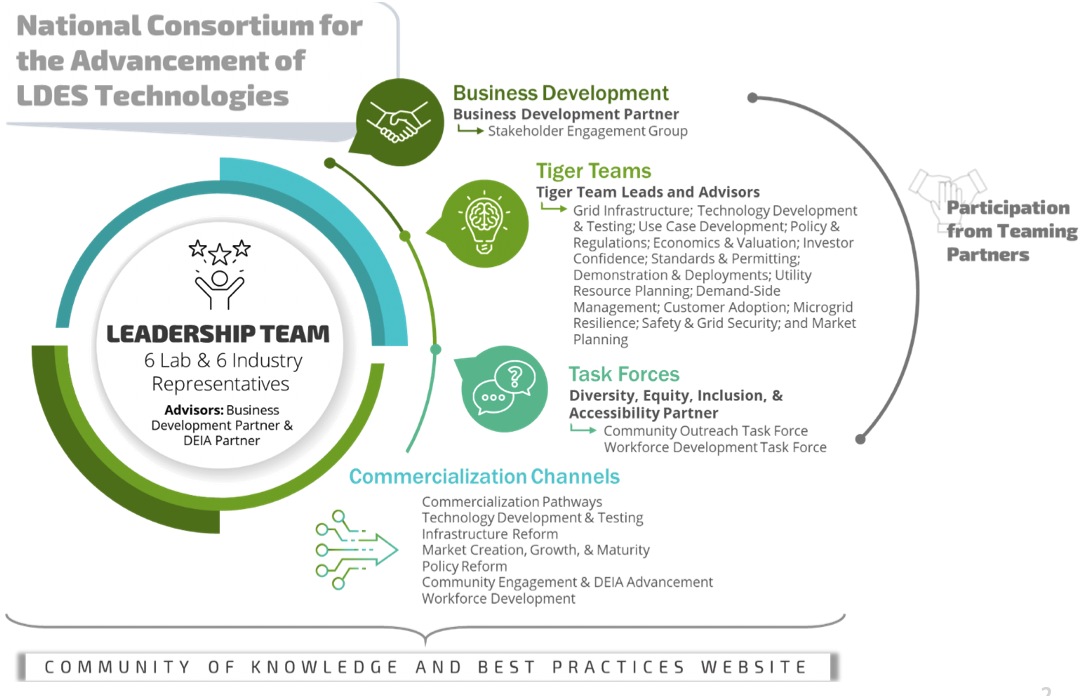
Dominica West Indies Biomass To Biofuel Project
Climate Finance and Green Industrial Development
Ministry of Finance, Economic Development, Climate Resilience and Social Security
Commonwealth of Dominica
Client: Climate Finance and Green Industrial Development
Ministry of Finance, Economic Development, Climate Resilience and Social Security
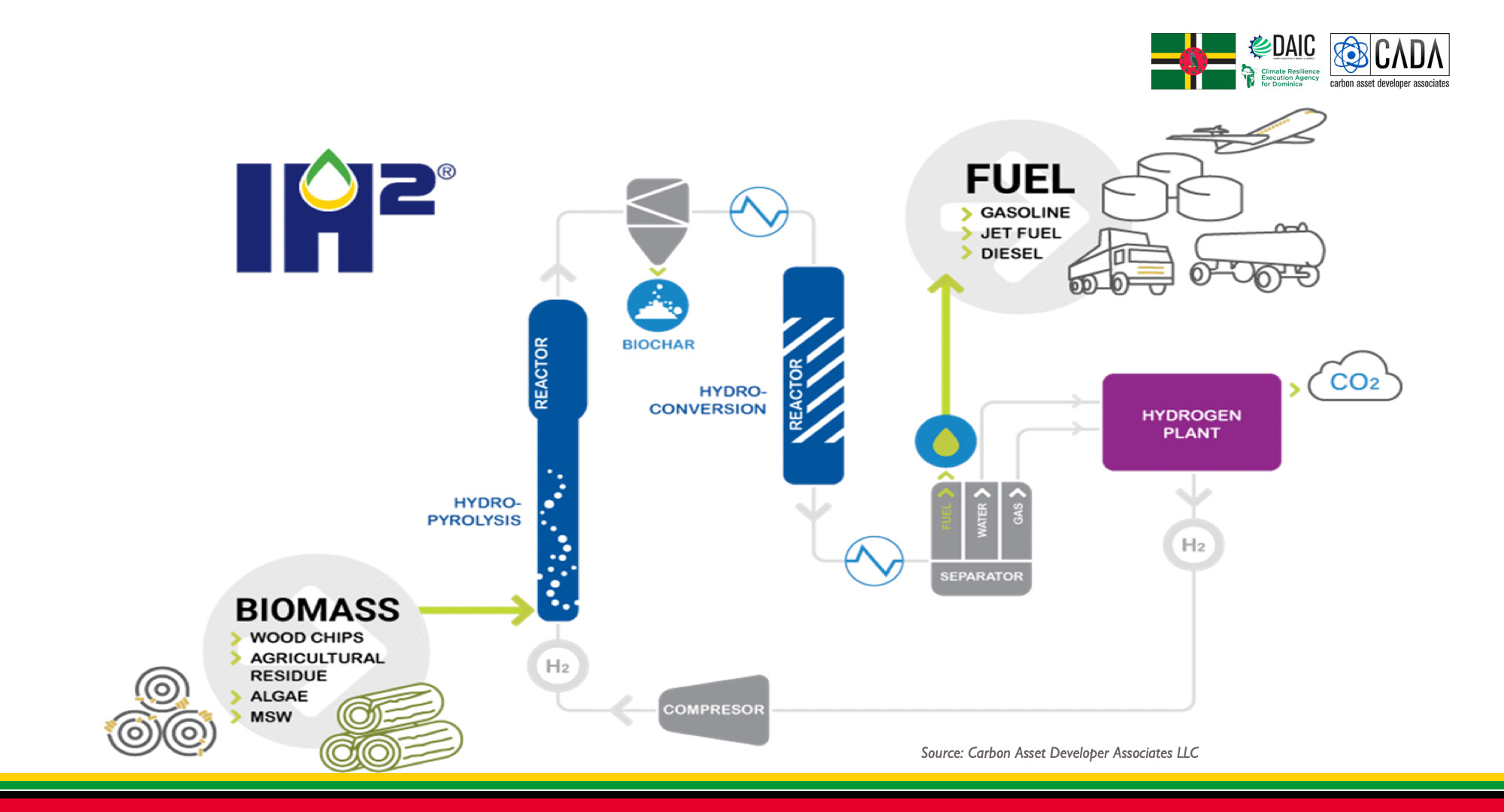
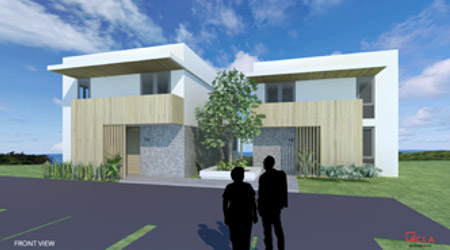
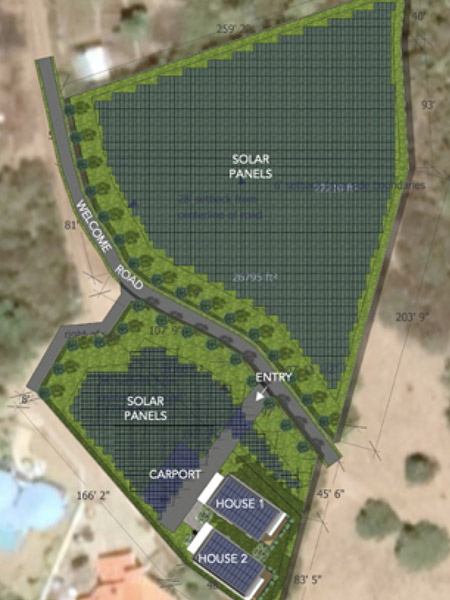
CADA’s Grenada Solar Farm
Expatriate Residences and Office, Grenada W.I.
Client: CADA
CADA’s solar photovoltaic farm utilizes UN methodology AM0019. It will be installed on a site with a capacity of 1.15 megawatt and will employ lithium battery backup to provide consistent power to the grid. The power generated will offset the same amount of power that would have been generated by Grenlec diesel engines.
CADA takes the holistic approach that food and energy security need not be competing objectives as food-energy-water decision making can increase resiliency of both food and energy systems. One of CADA’s team members, certified in organic farming and permaculture design, is examining the benefits and feasibility of co-located agriculture and solar photovoltaic (aka agrivoltaics) on food production, irrigation water requirements, and energy production.
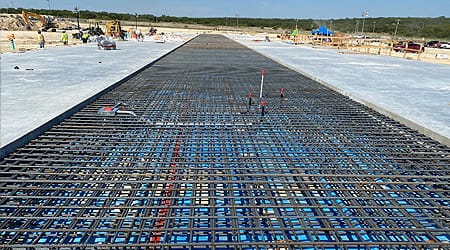
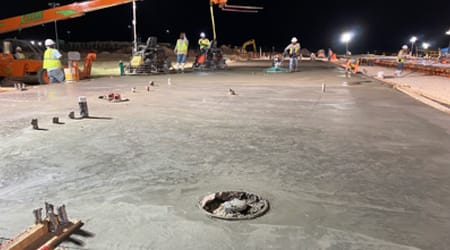
Fort Hood 69th Supply Support Activity (SSA) Warehouse
69th Air Defense Artillery Division, PN: 072843, Fort Hood, Texas
Client: US Army Corps of Engineers (Fort Worth District)
Design-Bid-Build project for construction of a 30,960 square foot warehouse to adequately store and properly protect SSA inventory from loss and weather damage. Fort Hood had no existing facilities that adequately supported SSA operations. Insufficient hardstand and vehicle parking areas resulted in units requiring modern SSAs, with adequate space for storage while properly protecting the SSA inventory from loss and weather damage. Structural cast-in-place concrete forming, cast-in-place concrete, concrete reinforcing, concrete finishing, curing, precast architectural concrete, field-molded sealants for sealing, rigid pavements, and aggregate base courses.
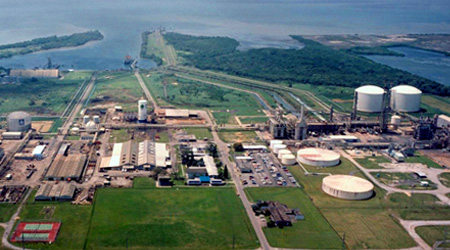
Hydrogen with Carbon Capture Use and Storage
Multiple Sites in Planning
In the past, incentives excluded CCUS projects, leaving them to struggle to find investors. The 45Q tax credit and recent amendments to the US tax code provide a nonrefundable, transferable tax credit to taxpayers that capture CO2 and either store or use it.
The value of the 45Q credit is statutorily expressed in $/MT CO2: the value per metric ton captured and injected for enhanced oil recovery or commercially utilized is $35/MT and $50/MT for qualified storage. These enhancements to 45Q tax credit and new climate policy in the United States support financeable projects but are insufficient to overcome all investor risks.
If CO2 is captured from hydrocarbons before combustion takes place blue hydrogen production is possible. This contrasts with post-combustion CCS, where the CO2 must be filtered out of flue gases after combustion. Large-scale production of “blue hydrogen” with associated captured CO2 makes it possible to reduce CO2 emissions for all hydrogen applications. Whether the hydrogen is used as a commodity or as fuel for industry, as an energy carrier to produce electricity or transportation, the hydrogen infrastructure will enable the development of new pipelines, conversion of existing gas pipelines, storage, and filling stations. “Blue hydrogen” will therefore pave the way for “green hydrogen”.
There are no technical barriers to effectively storing CO2 permanently on a large scale. Ninety-eight (98) percent of injected CO2 remains permanently trapped in the sub-surface. CO2 has been stored in natural rock formations for periods of over one thousand years and the U.S. has the potential to capture over 27 million tons every year — roughly equivalent to taking 5.4 million cars off the roads. The combination of hydrogen and CCUS is important for an U.S. CO2-neutral energy supply and climate policy now fully supports it.
CADA understands and appreciates the versatility of the hydrogen molecule. Its main characteristic during the combustion process is that it does not produce CO2 but water. It is perfect for supply of CO2-neutral energy for heat production, electricity, and transportation.
CADA understands and appreciates the versatility of the hydrogen molecule. Its main characteristic during the combustion process is that it does not produce CO2 but water. It is perfect for supply of CO2-neutral energy for heat production, electricity, and transportation. Hydrogen as a commodity is also used in several chemical processes that can be marketed to specialized off-takers in the U.S. CADA also see great advantages in the storage of hydrogen compared to electricity; it can be stored in various ways, both in tanks and underground. Hydrogen can also be transported via pipelines. This transport is possible using the existing extensive U.S. gas pipeline network. Hydrogen can be converted into electricity in a fuel cell, which means that the advantages of hydrogen can also play an indirect role in the electricity system.
Project equity requires a return on investment and return on invested capital, a challenge for most CCUS projects. Lenders require interest and principal repayment, and equity requires a return on their investment, which can come in the form of current return and terminal value upon sale or another exit. Blue Hydrogen in combination with CCUS is a win win for both CADA and emitters in the U.S. market space and will provide investors with the security needed to deploy capital.
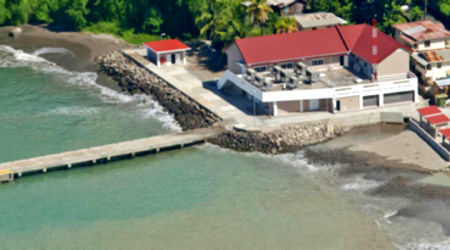
Sustainable and Climate-Friendly Phase Out of Ozone Depleting Substance (SPODS)
Grenada, West Indies
Projects: 1) Grenada Financial Complex; 2) Ministerial Complex; 3) Ministry of Education Building; 4) Gouyave Fish Market; 5) Southern Fisherman Association, Inc.; 6) Foodfair, Carenage; 7) Foodfair Grand Anse; 8) Foodland, Kirani James
Client / Implementing Agency: UNIDO
Project Sponsors: European Union and the German Federal Ministry for Economic Cooperation and Development (BMZ)
- Commercial AC systems in government buildings;
- Industrial Refrigeration systems in the fishing- industrial sector; and
- Commercial Refrigeration systems in supermarkets in the private sector
The pilot projects developed for each refrigeration and air conditioning (RAC) sub-sector defines technical solutions and financial opportunities for future implementation. The objective of the contract for the project is to help define the appropriate mitigation actions to reduce both the consumption of ozone depleting substances (ODS) and hydrofluorocarbon (HFCs) and at the same time reduce the energy demand and related GHG emissions.
Being portable, the platform was designed and constructed as a feasible and inexpensive oil producing and gas compression unit for offshore locations. It is an efficient unit that does the same work as the conventional permanent platforms.
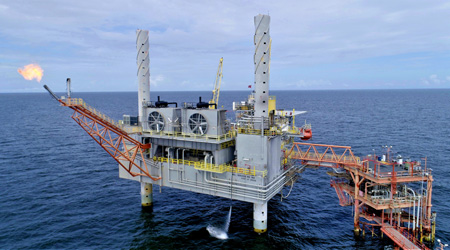
Mobile Offshore Production Unit (MOPU)
South West Soldado Field, Trinidad and Tobago
Client: Heritage Petroleum Company Limited
Being portable, the platform was designed and constructed as a feasible and inexpensive oil producing and gas compression unit for offshore locations. It is an efficient unit that does the same work as the conventional permanent platforms.
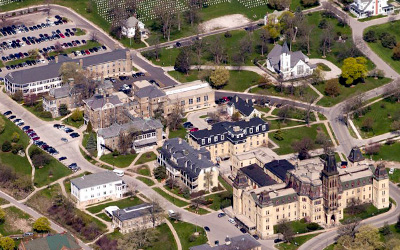
Building 6 – Clement J. Zablocki
VA Medical Center
Milwaukee, Wisconsin – Wings A, B, C, and D
Client: Department of Veterans Affairs
CADA provides technical assistance to the 8(a) SDVOSB DBE design-build contractor for the Milwaukee Soldiers Home Historic District Building 6 (built in 1879 and 1890) which is on the grounds of the Clement J. Zablocki VA Medical Center. The project site is approximately 160,000 square feet.
This project is replacing existing dry-pipe sprinkler system (originally installed in 1953) consisting of four (4) separate fire
services supplying a riser in each wing. In heated areas of the building, the dry system is being replaced with a new wet-pipe system. Unheated areas, such as the attics and porches, are being protected by a new dry-pipe sprinkler system. The existing incoming fire service piping and fire department connections are being reused.
The CADA team is furnishing all equipment, materials, labor, and testing to provide new complete automatic wet-pipe and dry-pipe fire sprinkler systems, as well as all asbestos and lead-based paint testing and removal.
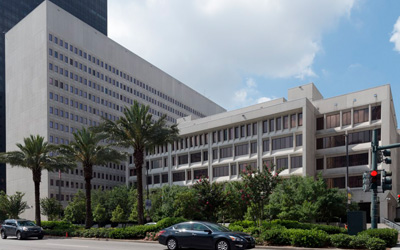
Hale Boggs Federal Building and
Courthouse Repair and Alteration –
New Orleans, Louisiana
Clients: US Coast Guard (USCG) and
General Services Administration
The contract is for replacement of IT equipment horizontal cabling serving and transitioning USCG SCIF.
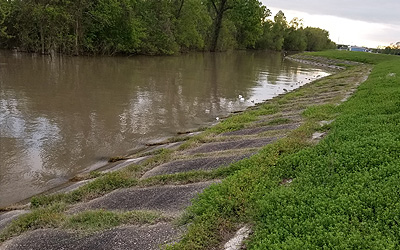
Mississippi River and Tributaries Levee Repair Project
New Orleans, Louisiana
Client: US Army Corps of Engineers
CADA’s levee repair work consists of excavating levee material between B/L Stations 538+40 to 539+00 and B/L Stations 545+15 to 545+75, placement of concrete slope pavement and fertilizing, seeding, and mulching operations for all disturbed areas. This contract includes USACE contract modifications.
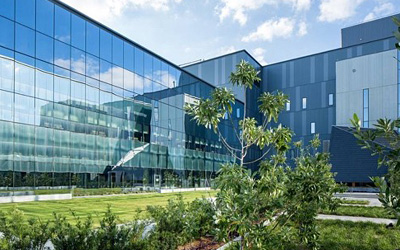
New Orleans VA Medical Center
New Orleans, Louisiana
Client: Department of Veteran Affairs (VA)
This is a maintenance contract for the Command Blue Light Emergency Call Box Systems for 5 years and responsibility for supplying all parts, service, and the cost of and maintenance of the call box systems to ensure that the systems are fully operational. All maintenance is completed in accordance with the manufacturer’s guidelines and pursuant to VA direction, and adheres to all directive and cords requirements per the National Fire Protection Association (NFPA) Life Safety 101, NFPA 70E, OSHA and Federal Communications Commission (FCC).
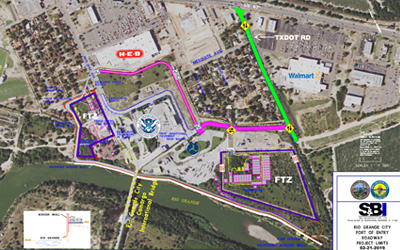
US Department of Homeland Security Starr County,
Texas Border Security Project (River Wall Project)
Starr County, Texas
Client: Starr County, Texas and Rio Grande River Private Landowners on the US side of the Border
This 2019 BOOT project involves a mix of border wall construction and Port of Entry expansion and improvements, as well as the negotiation of any easements and necessary right of way land acquisitions. CADA’s project scope: survey, report, model, recommend, plan, design, construct, install, operate, and maintain the investment(s), and identify competitive sources of finance for the improvements. It provides an expedited build (estimated completion in 400-580 days), job creation, local county buy-in and tax credit opportunities, while avoiding division of private property and litigation, and current appropriated federal funds can be redirected to other priority areas.
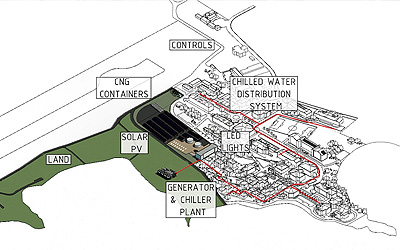
Grenada Electricity Generation Project
St. George’s, Grenada
Client: Massy Energy Trinidad and Tobago
In 2016, the government of Grenada passed The Electricity Supply Act. The Act’s intent to open competition for electricity generation has attracted independent power producers and renewable energy developers to Grenada. CADA’s development team is working with St. George’s University (SGU) (a U.S.-owned company) to implement a mix of solar photovoltaic, energy conservation measures and low emission natural gas generation. The proposed electricity generation and energy conservation measures are being designed to meet SGU’s existing and future energy needs with a simple 11-year payback. The project consists of new dual fuel generation equipment, photovoltaic generation, new central chilling, cooling towers, pumps, fans, lighting retrofits, desalination equipment, pipelines and controls upgrades.
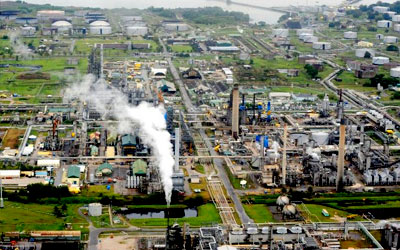
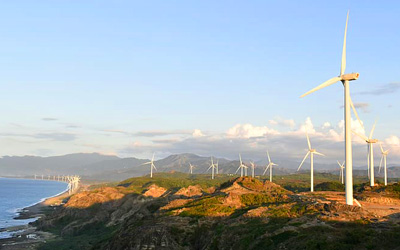
UNFCCC Programmes of Activities (PoAs)
Clients: Governments of Trinidad and Tobago and the Philippines (3 projects)
CADA registered with the UNFCCC two CO2 gas monetizing and energy savings PoAs, namely the Petrotrin Oil Fields Associated Gas Recovery and Utilization PoA and the RE2Grid PoA (comprising both solar and wind greenfield projects that feed electric power into a grid). As 28-year IDIQ forms of contract, these Programmes of Activities continue to offer opportunities for US project developers in developing countries.
CADA’s founding partners have, between them, extensive experience in energy and climate change mitigation activities, as well as in the development and implementation of large assistance projects through their activities worldwide.
CADA identifies and implements low-carbon and energy conservation investments; and assists governments in developing ‘enabling environments’ for mobilizing financial, technical and capacity building support. The current focus of our portfolio is the West African, Caribbean, Central and South American regions.
CADA provides technical, policy and business advice relevant to low-carbon development in all sectors.
CADA helps industry and multilateral banks provide financial assistance to developing countries for infrastructure improvements and construction of facilities that deploy renewable and low emission energy systems. It accomplishes this by primarily facilitating technical and monetary exchanges between the developed country industries, concessional finance to clean tech developers.
CADA brings concessional finance which offers opportunities for US project developers in developing countries and energy saving carbon reducing projects in the US under Article 6.2 of the Paris Climate Agreement. These programmes bring significant equity to a project for up to 21 years with verification of carbon emission reductions that CADA performs annually.
Additional services offered:
- ASME and API Code Interpretation
- Compression Services and Separation
- Emissions Control Services
- Pipeline Pigging Solutions
- Production Optimization
- Operations and Maintenance
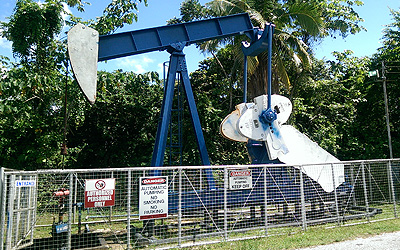
UNFCCC PoA 9358 – Component Project Activity (CPA) No. 2 – Petroleum Company of Trinidad and Tobago
Republic of Trinidad and Tobago
Client: Petroleum Company of Trinidad and Tobago
Petrotrin Oil Fields Associated Gas Recovery and Utilization Programme of Activities (PoA)
CADA recovers, compresses, transports, stores vented and flared associated and non-associated gases; fractionating, treating and monetizing the resultant natural gas liquids and dry gas. CADA innovates, delivers benefits, and reduces costs as a result. It is eligible under UNFCCC rules to operate in almost every developing country, providing the services and technology needed to find and fix methane leaks.
CADA services for this project included conducting leak detection in the field and sourcing the infrared cameras needed for fugitive emission surveys to oil and gas companies.
Because methane is the main component of natural gas, CADA helps the oil and gas industry save money, get more product to the customer, and reduce energy waste. Working with the World Bank as an observer with the World Bank’s Global Gas Flaring Reduction Partnership (GGFR), CADA sees substantial growth and demand for its services in North and South America, Trinidad and Tobago and West Africa.
CADA uses “green well completions” to capture gas and condensate that are by-products of oil production and fracking, making the valuable hydrocarbons available to the producer for sale.
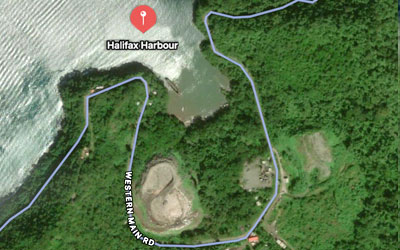
Halifax Harbour Waste to Energy Project
Grenada, W.I.
Client: National Renewable Energy Laboratory (NREL)
CADA led a study for a USD 40 million, 50,000-square-foot facility at the Perseverance Landfill to mix 10 tons of sewage, 40 tons of biomass with about 100 tons of solid waste, using a gasification chamber to generate electricity. The benefits included: reduce methane emissions and pollution from untreated sewage affecting Grenada’s Caribbean and Atlantic coasts and create 250 sustainable jobs. CADA’s partner’s proprietary technology converts nearly any kind of organic waste into clean, renewable energy with no harmful by-products. The plant can produce enough energy to power 3000 homes and fuel for off grid sales.
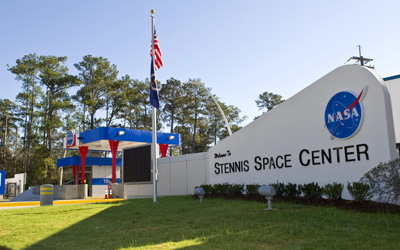
Stennis Space Center – Building 3205
Hancock County, MS 39529-6000
Client: National Oceanic and Atmospheric Administration
CADA’s scope was the design and installation of a fire suppression/sprinkler system in two containers that are used for Lithium battery charging and storage, furnishing all equipment, materials, labor, and testing: Simplex 4007ES fire alarm with releasing peripheral equipment and notification appliances, Novec 1230 gas, fire alarm cabling, devices, components installed on-site at the National Data Buoy Center. All work was in accordance with applicable National Fire Protection Association (NFPA) codes.
